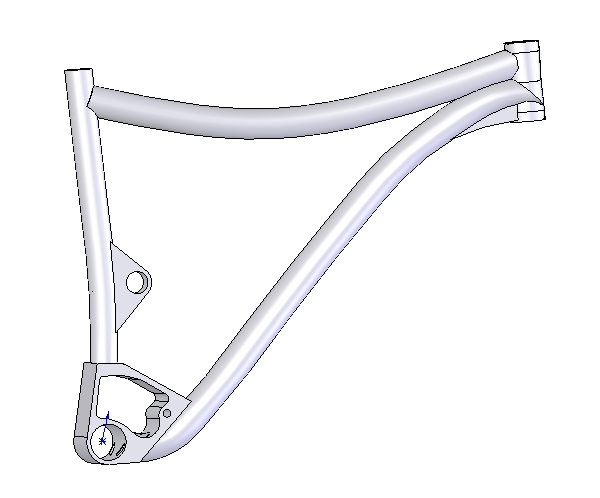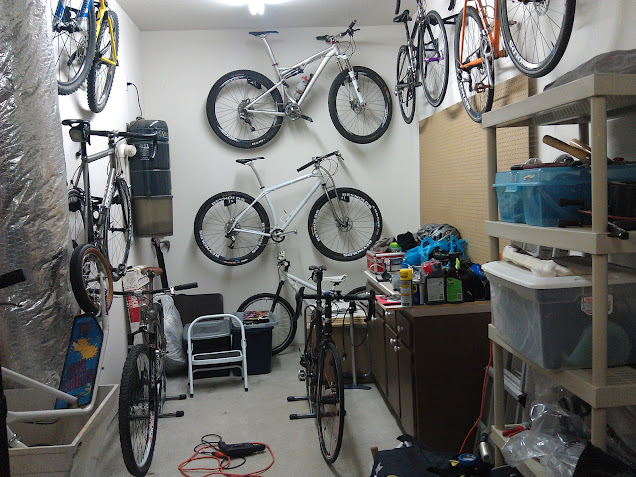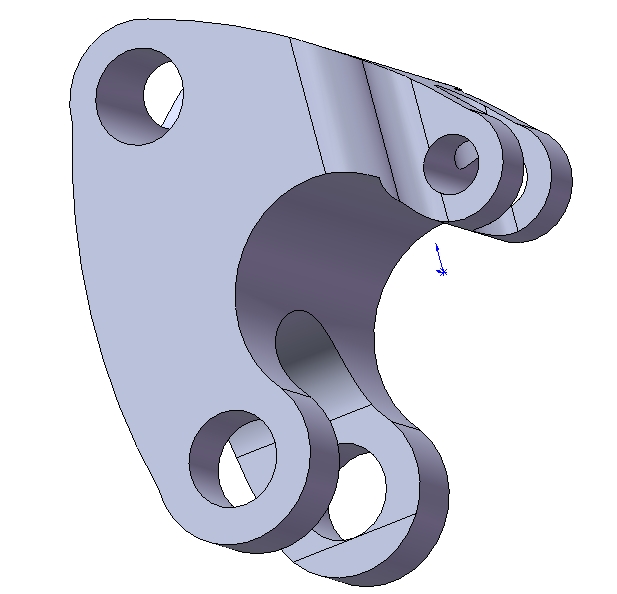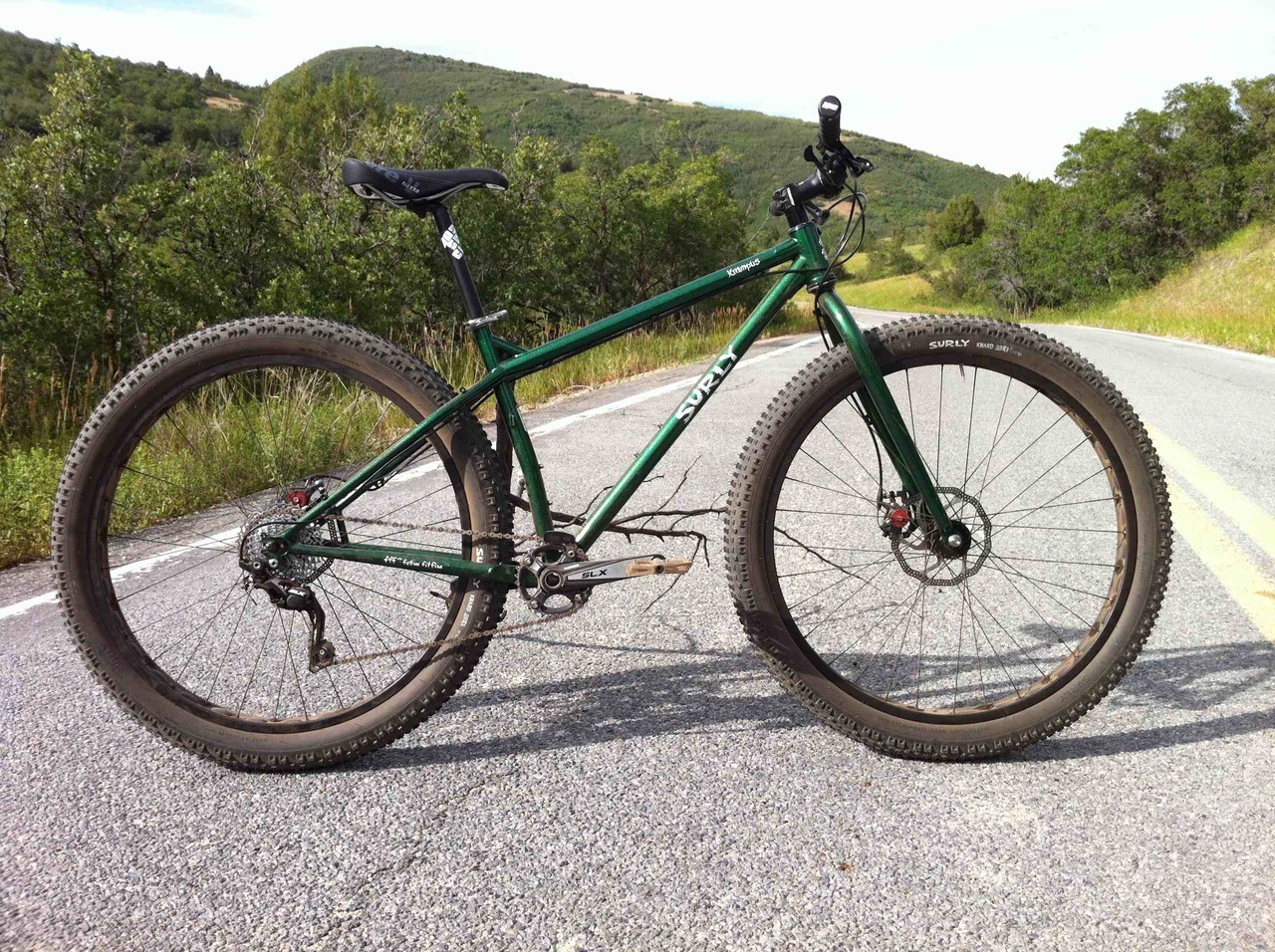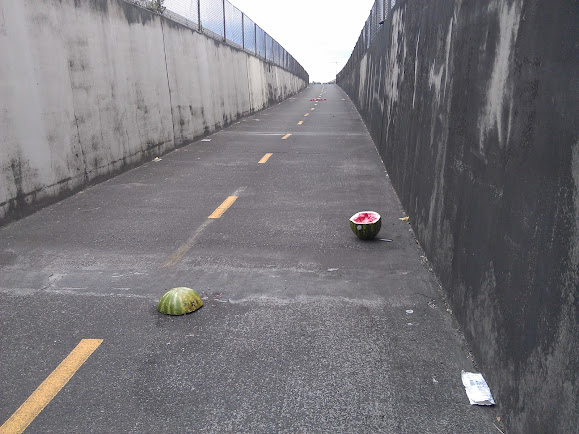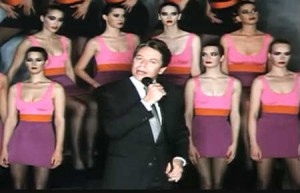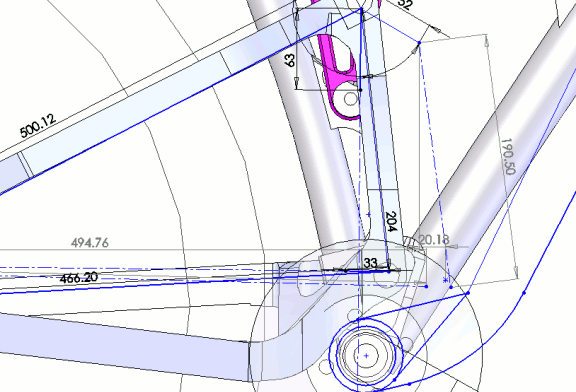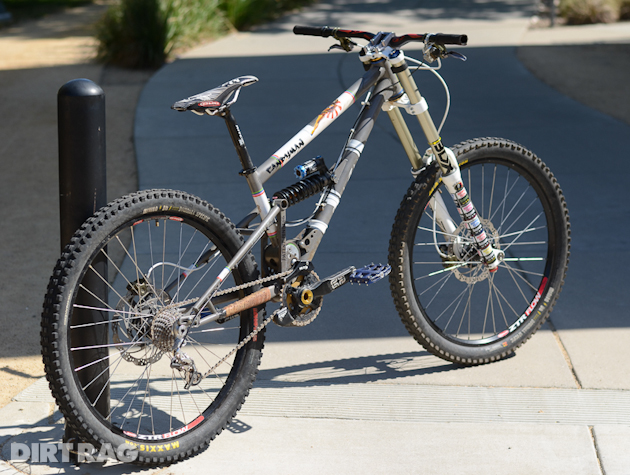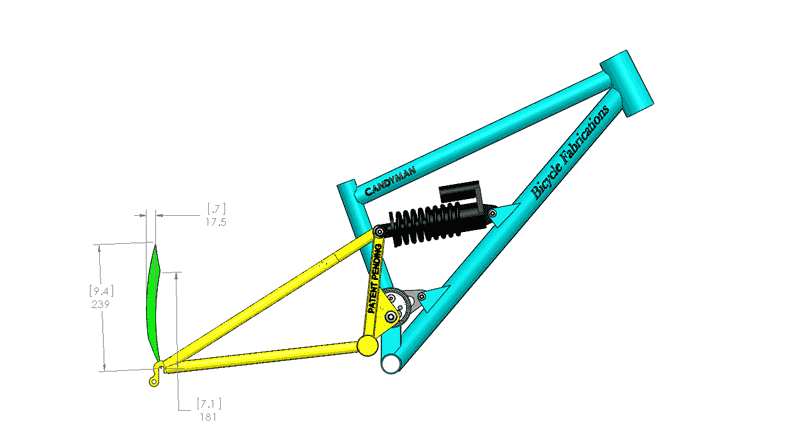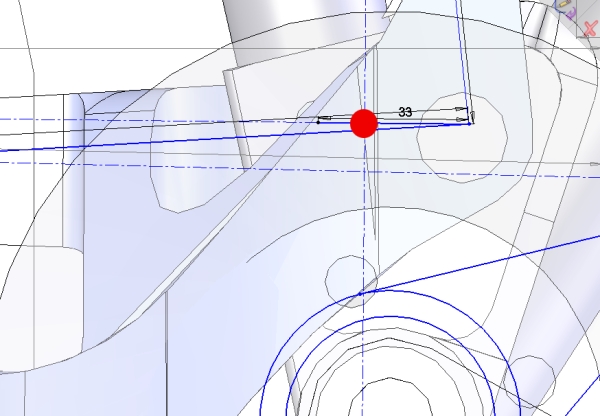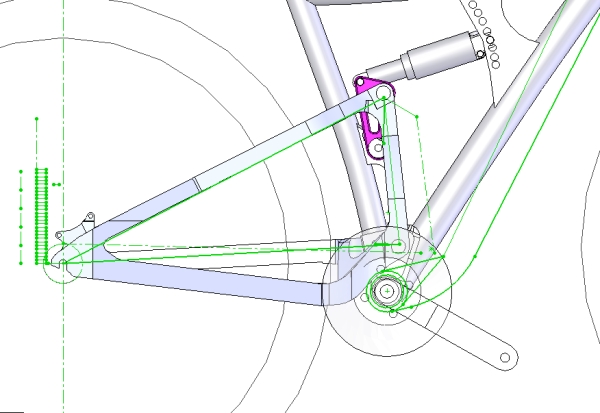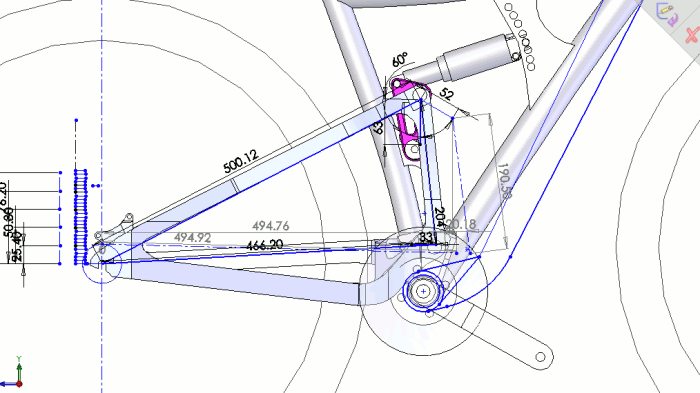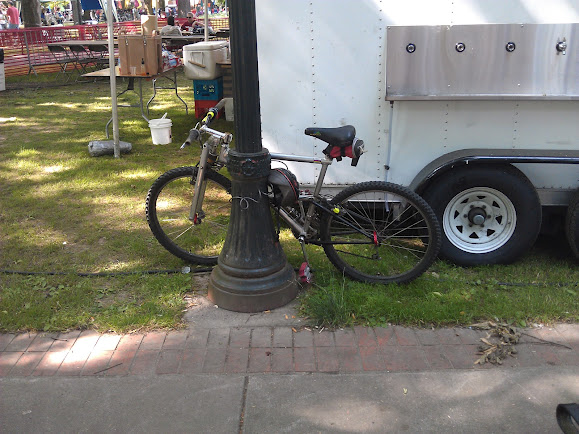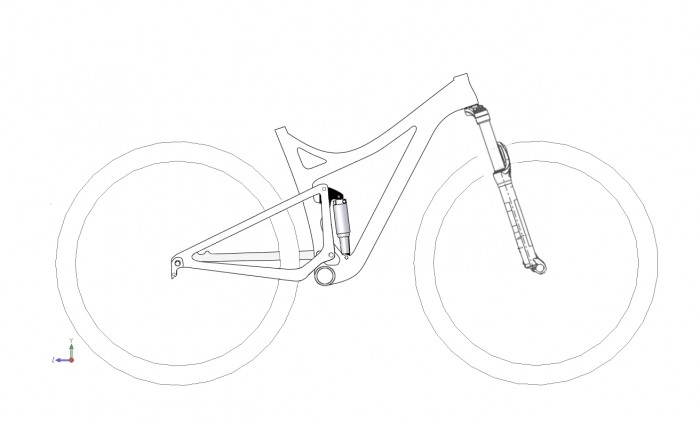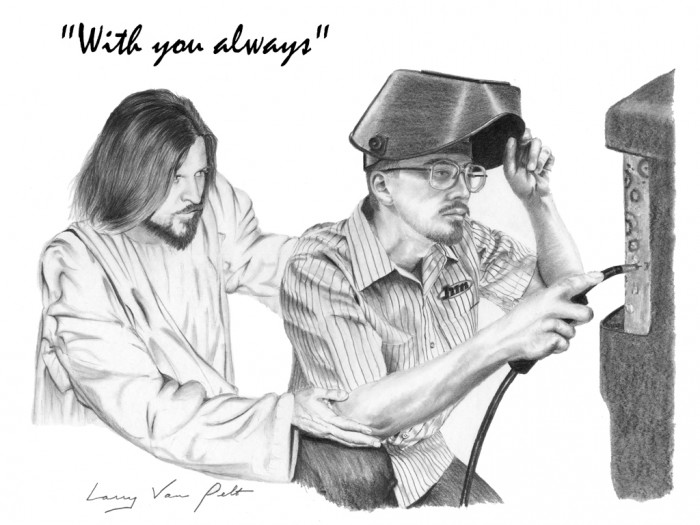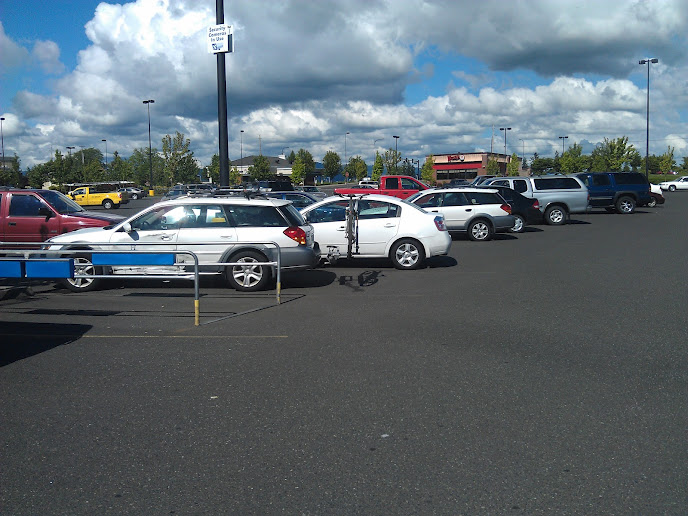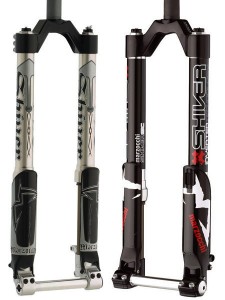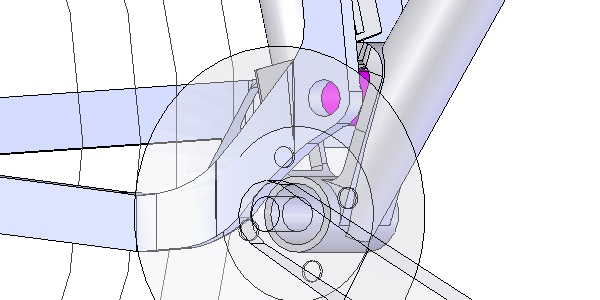
Like starting a band, the only real reason to start a bike company is that you get to name stuff. And the best thing about creating a full-suspension frame is that you get to come up with acronyms. Acronyms, otherwise known as “those abbreviation things like M.A.S.H.,” are key to marketing a suspension system because they take something somebody spent years figuring out, working and reworking, and distill that thought and energy down into a few “hot” letters people seem to like. You should really try to have an “X” in there, if possible, and “Z” and “V” are also pretty cool. Riding a mountain bike is still pretty male-dominated, so bonus points if, like “XTR” it sounds vaguely related to extending something.
Acronyms are in the back of my mind right now, which is probably the best time to be thinking of them. When you need to come up with a name in a hurry, things usually go wrong. But for now I don’t yet have a real bike company, so this is all just Dead Milkmen naming, and that’s the best way to do it.
So feel free to send me suggestions for acronyms for this suspension system. If I really like one–and it turns out we made a bike company after all–I’ll owe you something bitchin’ like a sweet t-shirt with an animal on it or something. The company is also going to need a potent and ferocious mascot, or several.
While I’m hoping as many of you as possible will just wing it and e-mail me crazy-ass names, taking this seriously and offering serious acronym suggestions is also acceptable. To that end, I figured I should mention some of what the suspension system is designed to actually do, and some of what makes it unique, just in case that sort of thing inspires anybody. There’s actually a lot going on here, so I’ll only focus on a few details.
One of the key features I was going for in designing the lower rocker was mechanical efficiency, and in my head I could see this weird scenario where the tension of the chain–the force that’s trying to pull your rear wheel forward into your crankset–helps cancel out any bobbing, but without compromising small bump response. (Damn, I’ve always wanted to type “compromising small bump response”–also a great band name.)
Explaining this gets a bit hairy, but here goes: because my swingarm attaches to my rocker at the front of the rocker (opposite everyone else’s design I’ve ever seen, except Yeti’s new one), chain forces want to keep the rocker stretched out and horizontal with the ground–basically as extended as possible. This slight underside shot might help clarify, but probably not:
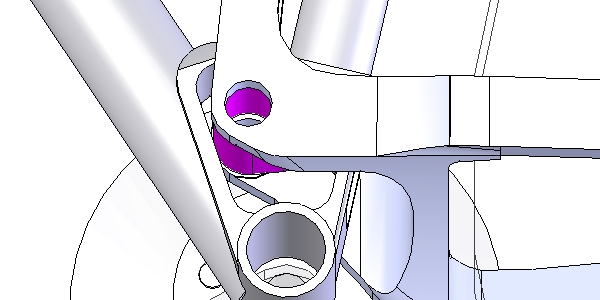
Basically pedaling the bike makes the lower rocker want to stay horizontal, and when it stays horizontal, you don’t bob.
So that’s how that part of the system is supposed to work. If I can get a prototype made, and it works, suddenly all of this matters a lot more, and I’m definitely going to need an acronym, or several. Remember, great marketing acronyms seem to need the letters “X” and “V” and it helps to have an “S” or “T” in there, too, but right now, I’m leaning toward “N.I.B.,” which has nothing to do with the suspension system, but is a pretty kickass song.
Hope to have a little sketch of the new shock orientation tomorrow.



